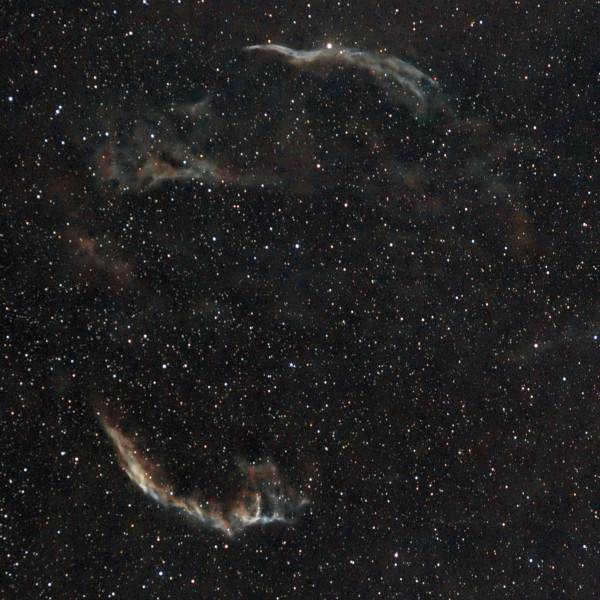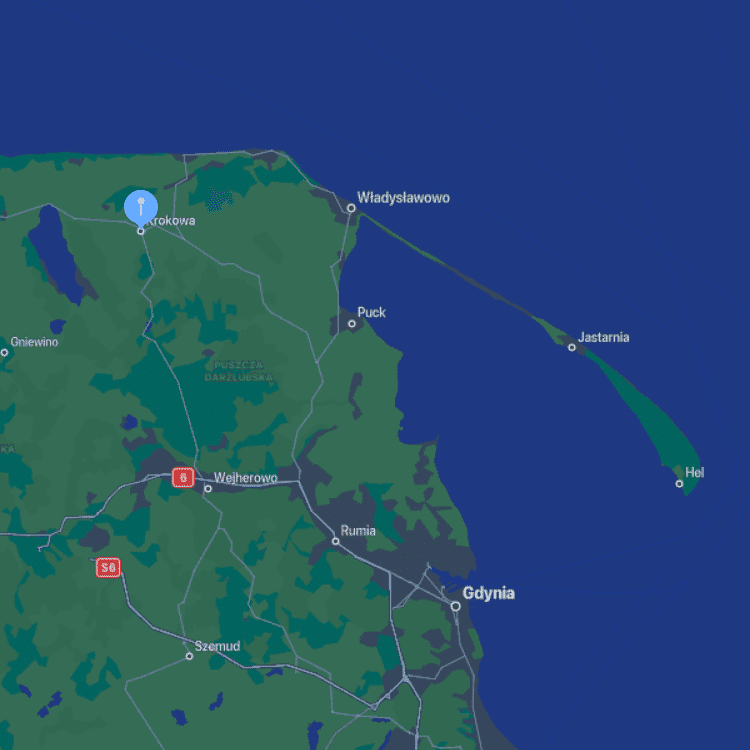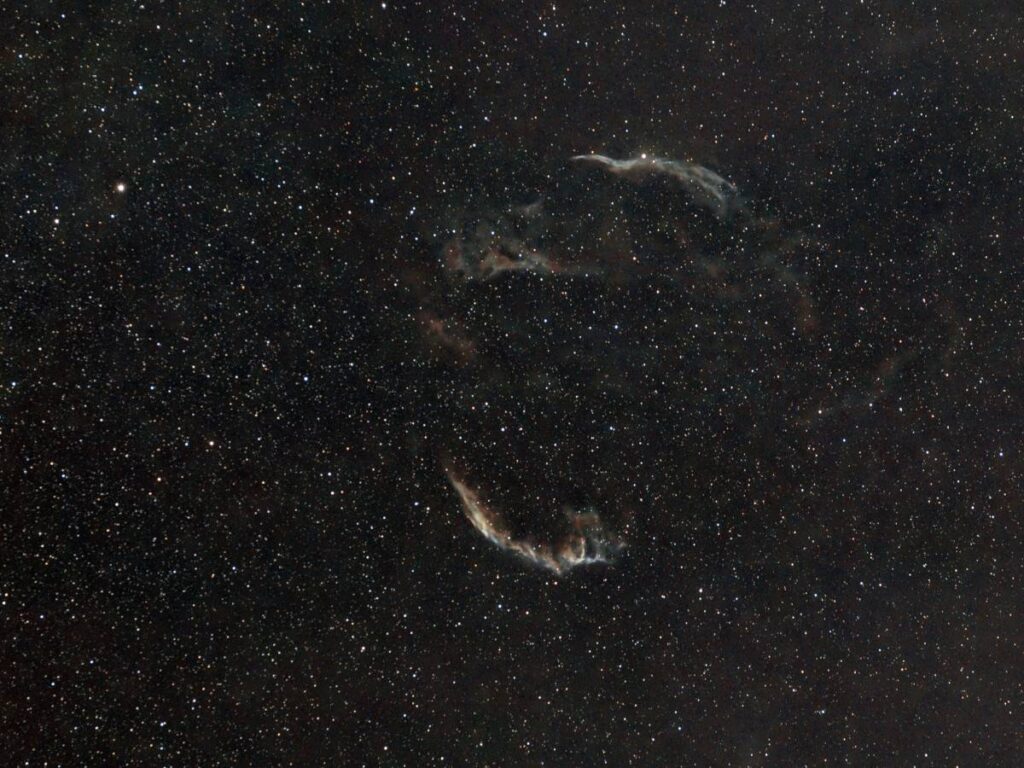
It’s not often that I have access to darker skies. But I managed to sneak away with my family on a short trip which afforded me such an opportunity. Of course, I took my Star Tracker Gamma test rig so I could continue my testing with the Samyang 135mm lens. Now all I needed was a little cooperation from the weather and I’d be good to go. As you know, I’ve not had much luck when traveling to darker locations such as Zakopane and Osławica. However, I was hopeful that my luck would finally change. It did! And I managed to squeeze in some good testing of Star Tracker Gamma of the Cygnus Loop from a Bortle 4 Zone.
Darker Skies But Tricky Conditions

We made the trip up to the Polish seaside to a little village named Krokowa. This is about 5 degrees further North in latitude than Krakow. Effectively, I’m losing a bit of nighttime again – or rather I need to wait a little longer to begin shooting. But the skies are noticeably darker than what I’m used to in Krakow. You can just begin to see the glow from the Milky Way begin to appear in the sky. And I think I can barely begin to see Andromeda. Needless to say, it’s quite dark comparatively. But that’s not to say this location is without its challenges.
Being this close to the sea, there is a lot of moisture in the air. This really becomes noticeable when the temperature begins to fall after dark and a cool mist rises from the ground. If you’re lucky, you’ll have a nice breeze to blow this out. If you’re not, you’re stuck in a light fog which will create nice halos around your stars. Either way though, you’re gonna get wet. At least your gear is going to get wet. So in addition to my normal setup, I took a couple of small plastic bags and wrapped them around my Star Tracker Gamma electronics and my intervalometer. I’m OK with condensation on the rest of my setup.
New Toy For This Trip
Since I’m in a Bortle 4 zone, I’m taking the opportunity to seriously try and image the Cygnus Loop. But since I’m on the road, power is a major factor in determining how I want to image. At home, I’d run an extension cord from my house to power my gear. Here though, I don’t have that luxury. From experience, I know that I can image for about 1.5 hours from just my laptop battery. That doesn’t leave me much time to set up and such to get a good imaging session in.
So I dropped about $30 on a Neewer intervalometer. This will allow me to control the camera shutter without being tethered to my laptop. I’m a bit nervous that I won’t be able to monitor my imaging session, but perhaps I can think of something clever in the future. What I will be able to do, however, is image through the night. I’ll use my laptop to polar align and focus, and then yield control of the imaging sequence to the intervalometer. Hopefully, this all goes according to plan.
Imaging the Cygnus Loop from a Bortle 4 Zone
OK, time to get down to business. Tonight the skies are clear and I’ve got a nice little spot that is away from any street lamps. I decided to use the Star Tracker Gamma test rig with the Samyang 135mm lens. And I’m shooting a series of 30-second exposures at ISO 1600 with the lens stopped down to f/3.3. Per my normal routine, I focused the camera, got polar aligned, and framed up the Cygnus Loop.
Imagine my disappointment after starting the tracker that I wasn’t tracking at all. Ugh. I thought I was past this nightmare. Well, it turns out that there is a considerable amount of backlash in the test rig, so I just needed to rotate through this slack and reframe the Cygnus Loop. With that done I’m now tracking nails! With the intervalometer set, there was nothing to do but wait while my camera did its thing.
I took 200 light frames, 40 dark frames, and 25 flat frames. After reviewing my lights, I ended up keeping 120 for stacking. That’s not too bad and I was being very picky with my keepers. I probably could have stacked another 40 photos but only wanted to keep the best.
Final Image
Here is the final stacked image I captured of the Cygnus Loop taken from a Bortle 4 zone.

Not bad for my first serious crack at this target. I probably would have benefited from another hour of integration time but the mist was getting problematic at around 1:30 AM so I wrapped up with what I had. It was a fun little session and as an added bonus I got to enjoy a bit of the Perseid meteor showers while I waited for my sequence to run.
